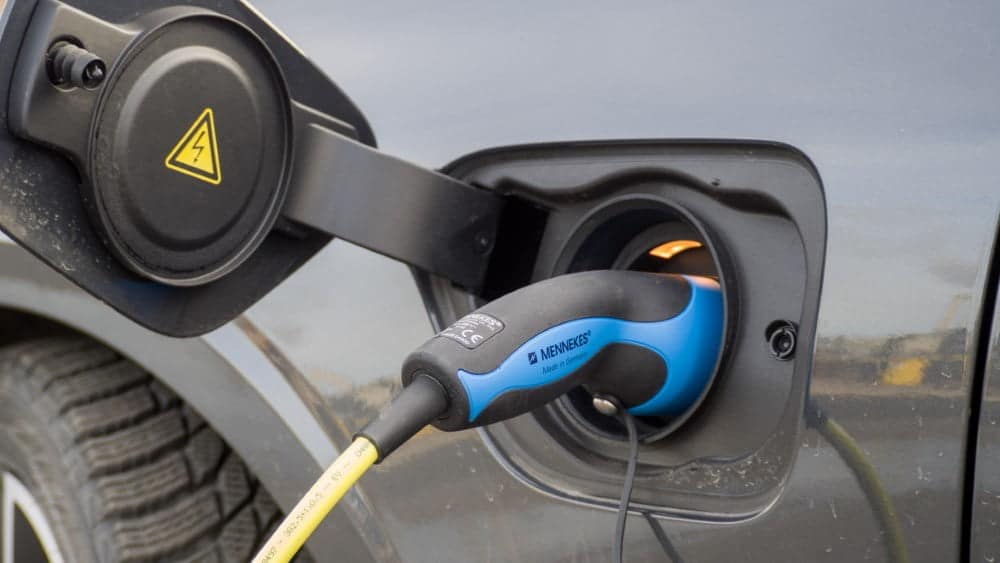This time we test the much talked about, fierce-looking R-Design-equipped Volvo S60.
It’s powered by the most powerful T8 option in the range, which, thanks to the electric and petrol engines, delivers a comfortable 390 horsepower and a 0-100 km/h acceleration of 4.9 seconds.
The T8 is powered by a 65 kW electric motor, which currently delivers a maximum torque of 240 Nm. The electric motor is mounted on the rear axle, making the car rear-wheel drive when running on electric power alone.
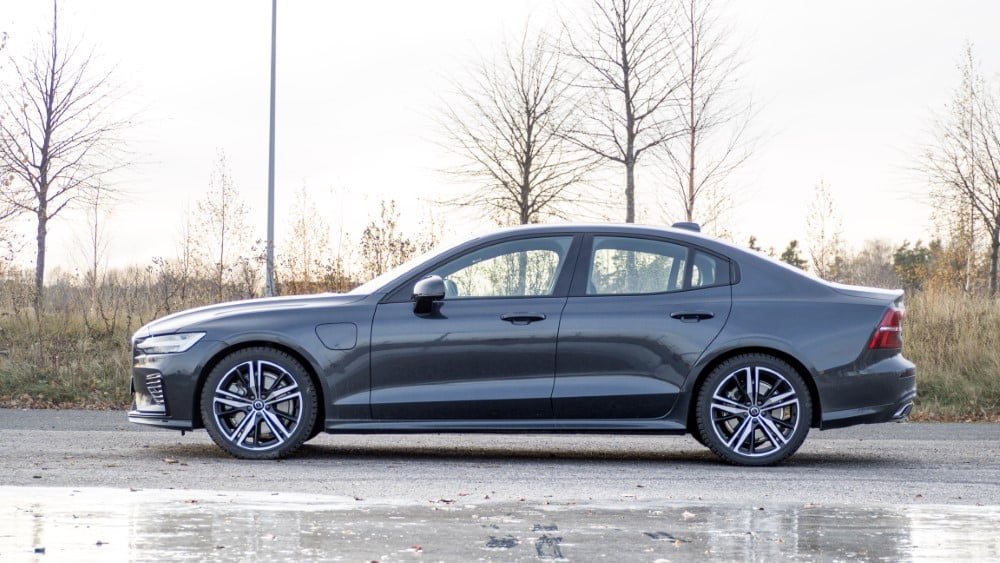
For normal urban driving, the electric motor is perfectly adequate. Keeping up with other traffic does not require the assistance of an internal combustion engine.
The driving battery has a capacity of 11.6 kWh. Depending on how you drive, the range can vary considerably. In winter zero temperatures, the urban driving range reached 34 km when driving with a full battery. Volvo promises a range of 40-45 kilometres in warm conditions.
As plug-in hybrids, Volvo’s T8 models can be charged both from an external power source using a charging cable, and while driving with energy recovery.
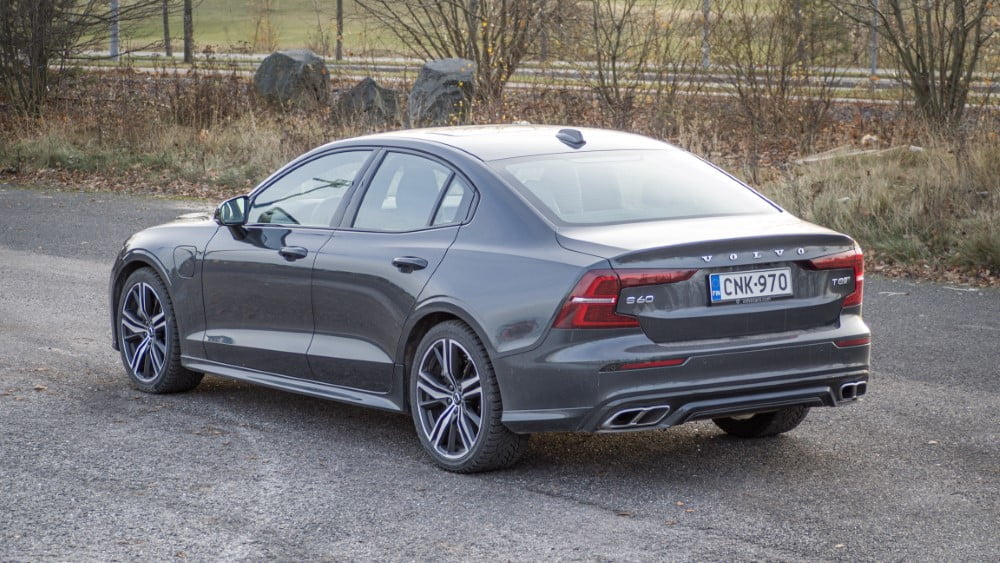
Combustion engine with a whole lot more power
On the go, the fun is multiplied when the electric motor is powered by a two-litre petrol engine. In the standard T8 model, 223 kW of power is taken from the engine, bringing the total power output of the test car to a respectable 288 kilowatts, or 390 horsepower.
A Polestar version of the S60 T8 is also available, with an extra 10 kW of power and 30 Nm of torque taken from the same petrol engine. This brings the combined power output of the engines to a whopping 298 kW or 405 hp.
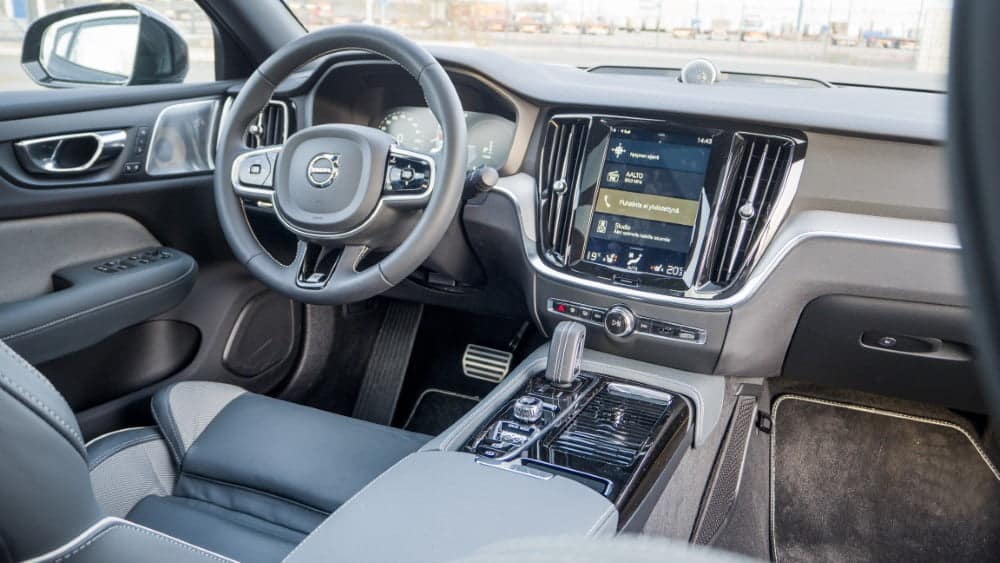
The combustion engine has a mechanical supercharger and turbocharger. The almost instantaneous start-up is further enhanced by the electric motor, which is always on board, even if the battery charge level on the instrument panel reads zero.
The test car’s 4.9-second acceleration from zero to 60 km/h is quite impressive, given the car’s rather mundane appearance. There is a slight delay and stickiness, especially in the gearbox operation at lower speeds and gears.
On the other hand, overtaking acceleration at highway speeds is impressive.

A design that has been around for several years
The S60 looks like an identical twin to other Volvo models. The design language is very similar to Volvo’s other models from several years ago. There is nothing to complain about in terms of design, but probably and hopefully in the coming years the design of the Volvo will take a new direction again.
The interior is spacious and practical for a car of this size. There’s 442 litres of boot space, and two taller adults will fit comfortably in the rear seats.
The driver’s seat, on the other hand, doesn’t give a huge sense of space. A normal-sized adult fits nicely behind the wheel. For those looking for a roomier cabin, Volvo’s 90-series might be a better solution.
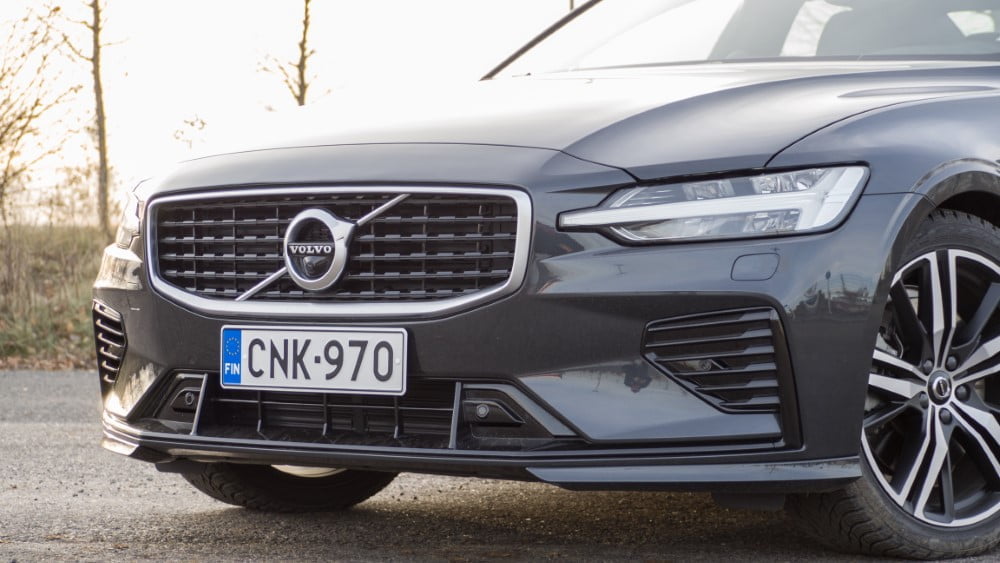
A surprising driving experience
With several Volvo models, you’ve already been pleasantly surprised by how the Volvo handles. The S60 is no exception, with a pleasantly sporty ride. The chassis and steering in particular bring out the car’s sporty character.
It was not possible to put the car’s four-wheel drive to the best possible test, as the test drive unfortunately took place in snowless conditions on all but one day. In dry conditions, the car’s front-wheel-drive bias is noticeable during acceleration, which in more slippery conditions can result in understeer and buffeting in certain driving situations.

The 2031 kg curb weight of the test car adds stability and rigidity. The T8 model has about 300 kilograms more mass than the four-wheel drive model with the T5 engine.
With a few small adjustments, such as a thicker steering wheel and a more snug seat, it would be easy to crown an otherwise excellent driving experience.
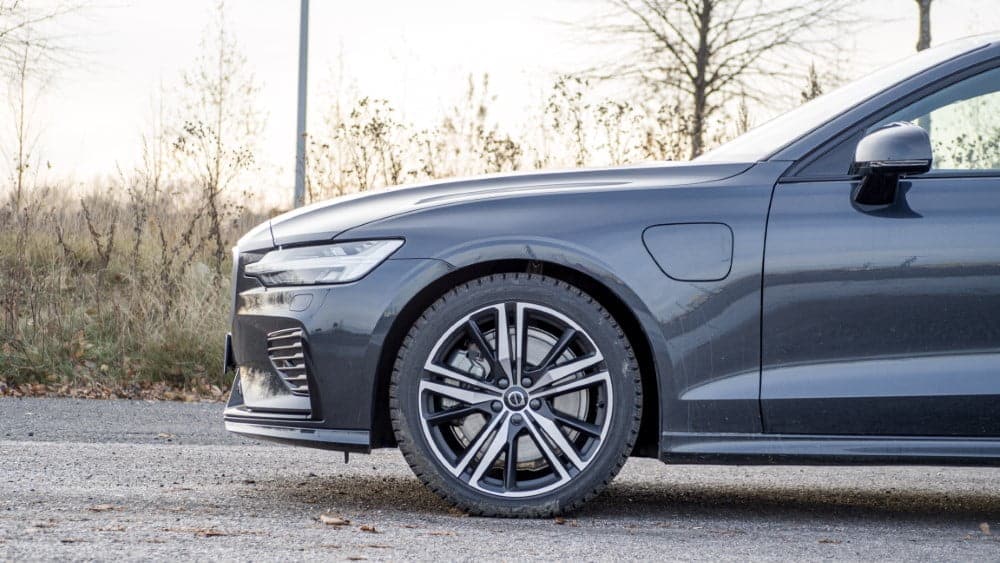
Volvo S60 T8 Business R-Design
- Engine: 1969 cm³, 4-cylinder
- Electric motor: 65 kW
- Maximum power (petrol-electric): 288 kW, 390 hp @ 6000 rpm.
- Maximum torque (petrol electric): 640 Nm @ 2200-4800 rpm.
- Acceleration: 4.9 sec. (0-100 km/h)
- Curb weight: 2031 kg.
- Drive mode: four-wheel drive (petrol engine on front axle, electric motor on rear axle)
- Boot space: 442 l.
- Combined fuel consumption: 1.9 l/100km.
- CO2 emissions: 43 g/km.
- Starting price: €56 622
